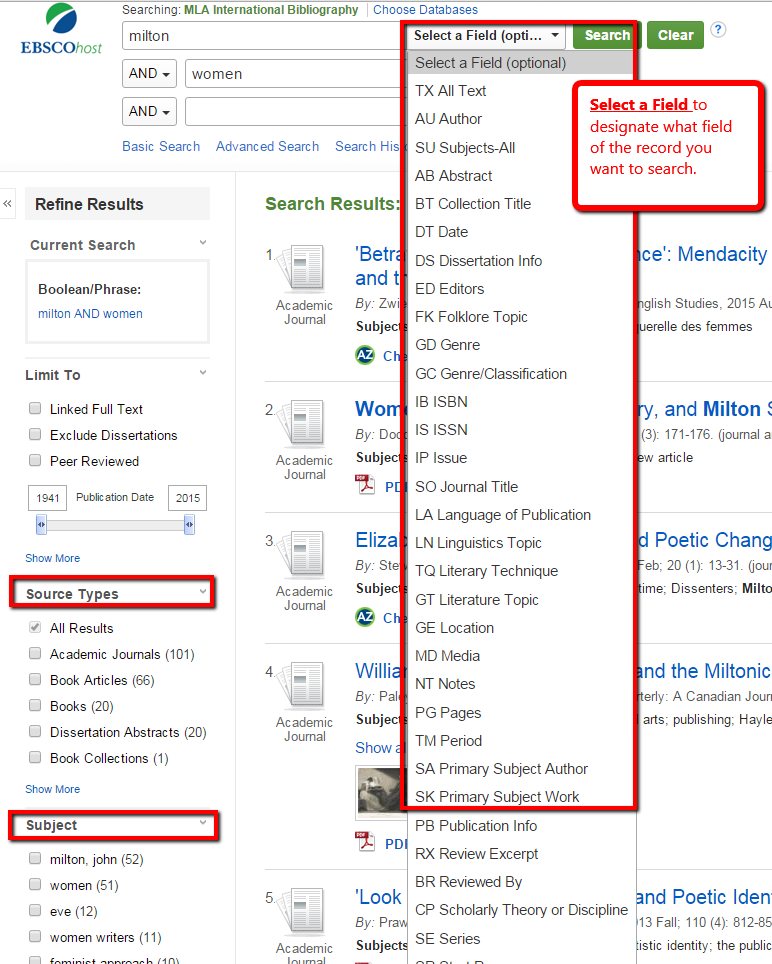Research and Writing
Hello. This blog is the part of Thinking Activity task assigned by Prakruti ma'am of the Unit 1 of Reserch Methodology. In this blog I will deal with the topic of my research, paraphrase, and types of research.
Que. 1 : In your opinion, should research always strive to achieve something new and creative or is it ok to pursue an existing direction and arrive at newer understanding of the same? In which one of these two categories would you classify the topic that you have chosen for your dissertation?
According to me, research is both about achieving something new and creative and pursuing an existing direction and arriving at a newer understanding of the same. It depends on the context, field, and the subject which way is best suited. Additionally, no matter whether it's new and creative or within an existing field, it depends on the researcher. Even the newest and most creative research has some traces in the past about its beginnings that can help one to pursue the field.
In the case of my topic, the primary text is Waiting for Godot, which is already explored. However, the theory or rather approach I have chosen is literary analysis through chatbots. Chatbots have been recently developed, and how they help in analyzing literature is the area of concern. My research falls under the second category in terms of the primary text, however, the method I have chosen is creative, new, and also emerging.
Que.2 : Ask a chatbot of your choice to paraphrase the following passage. Check the paraphrase it gives you by answering the questions attached below the paragraph:
"There is little to be gained from seeking to isolate any artistic form or movement from its antecedents and counterparts. Myopia is the product of critical segregation, wherein readers disengage practices from those contexts that have forged their contours. This might seem obvious, but there is value in rearticulating the axiomatic in times of transformation--when something "new" emerges, many of us fall into the trap of isolating our darlings, whether old or young, from all those other contexts that play a significant role in their construction. How does one look at electronic literature without considering the literary, the ludic, that which we can see, touch, and hear---how does one look critically at anything without such frames of reference, and how do we overcome natural limitations in capacity when attempting to do so? The best we can do is look to those who have gone before, build upon their foundation, and indeed, emphasize those aspects of an exploration we deem worthy of greater emphasis." (Sullivan)
The text paraphrsed by Gemini.
Understanding any art form requires examining its historical and contemporary connections. Isolating art from its influences leads to a limited and narrow perspective. While this might seem self-evident, it's crucial to reiterate this principle, especially when new art forms emerge. We often mistakenly separate these novel creations from their historical and cultural contexts. For instance, how can we truly grasp electronic literature without considering traditional literature, games, and other sensory experiences? Critical analysis demands a broad perspective, encompassing all relevant influences.
Overcoming our inherent limitations in understanding requires building upon the work of past scholars and emphasizing the most significant aspects of the art form under investigation.
After receiving the bot's response, answer the following questions:
1) Is the paraphrase approximately the same length as the original passage?
Yes the passage's length is almost same and it also clarifies the zest of the paragaraph.
Not truly but the part of the example of Electronic literature is put as it is to keep the meaning of the text.
It has probably the same meaning as the paragraph. Some of the examples and metaphors has removed while paraphrasing because they may create the hurdles in understanding the meaning of the text. By paraphrising the passage the meaning and the central idea more clarifies.
Que. 3 : What is the full form of CIS? Discuss some of the types of searches which can be employed to search for sources in a library equipped with CIS.
CIS means Central Information System in research methodology. Searching a Reference Database is important task. There are multiple versions available for searching the sources for the research. Primarily there are two versions.
(LibGuides: Introduction to Library Research - Overview of the Research Process: 3: Find Materials, n.d.)
1. Electronis :
The MLA International Bibliography is published in online and CD-ROM versions, which contain all citations published in annual volumes of the bibliography from 1926 to the present.Therefore,while an annual print volume of the MLA International Bibliography lists around 67,000 titles, the electronic versions offer information on more than 2,000,000 titles.(America, 2009) This version is easy to access from any places.
2. Print
The printed library edition of this work is published annually in two clothbound books. The first contains listings in five areas: literature in English, literature in other languages, linguistics, general literature and related topics, and folklore. The second book provides a subject index to the first.(America, 2009)
Now let's jump into the types of research in Electronic version.
According to MLA handbook of 7th edition below given are the types of search.
1.First by searching the name of the author directly. For example my text is Waiting for Godot then by searchinf the Samuel Beckett.
2. Second is by searching the title.
3. By searching the subject matter like polyphony of voices in the Waiting for Godot.
4.In expanded search one may brodly search for the themes and topic. For example, by using postmodernism, fragmantation, absurd play, and so on and so forth.

America, M. L. a. O. (2009). MLA Handbook for Writers of Research Papers.
LibGuides: Introduction to Library Research - Overview of the research process: 3: Find materials. (n.d.). https://iu.libguides.com/howtoresearch/find-resources
Research, Citation, & class guides: Search Strategies: Boolean Operators. (n.d.). https://libguides.uww.edu/boolean
Stetson. (n.d.). Guides: MLA Bibliography Database: How to use it: Advanced Search Tips. https://guides.stetson.edu/c.php?g=431309&p=2942670









No comments:
Post a Comment